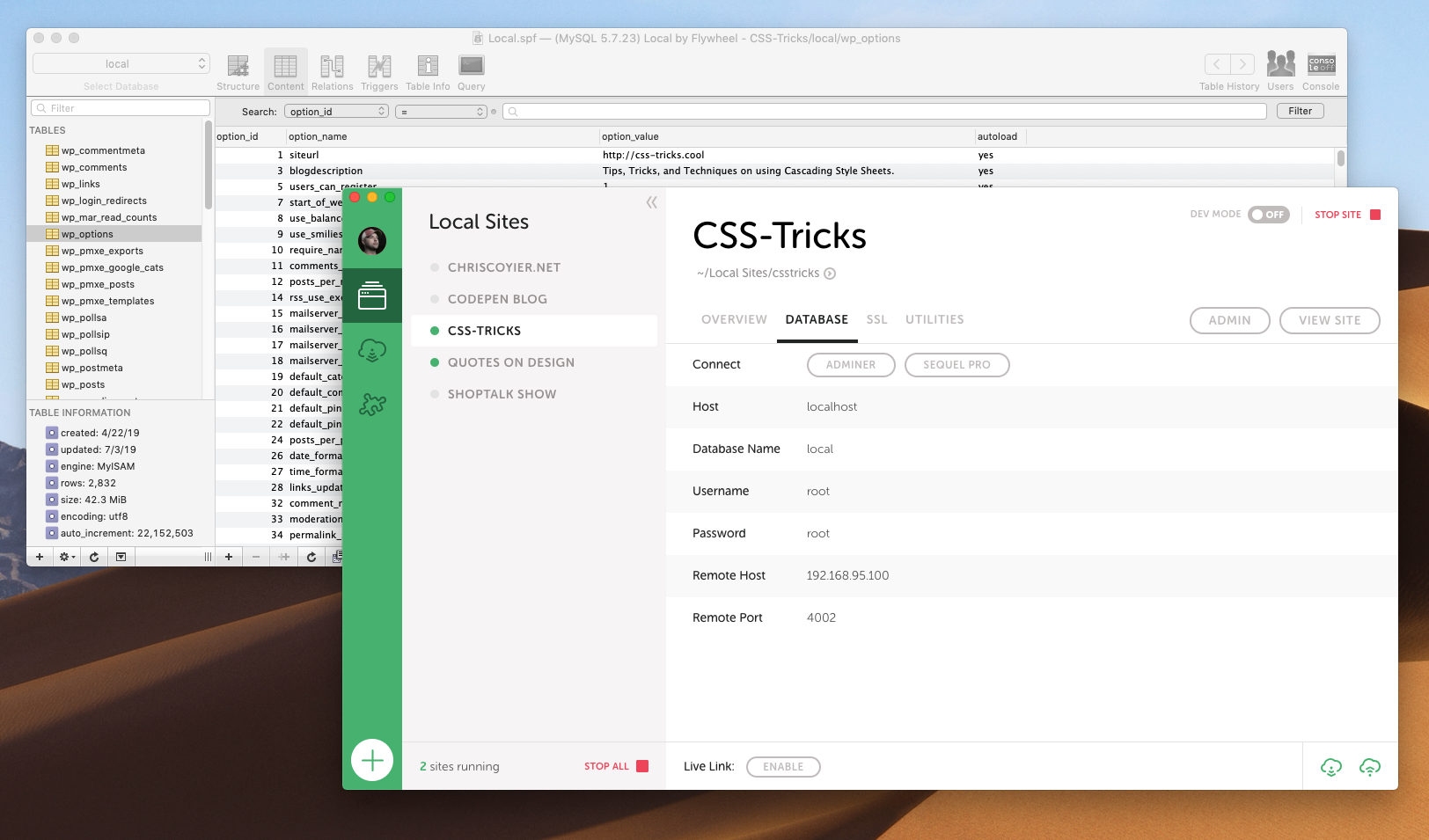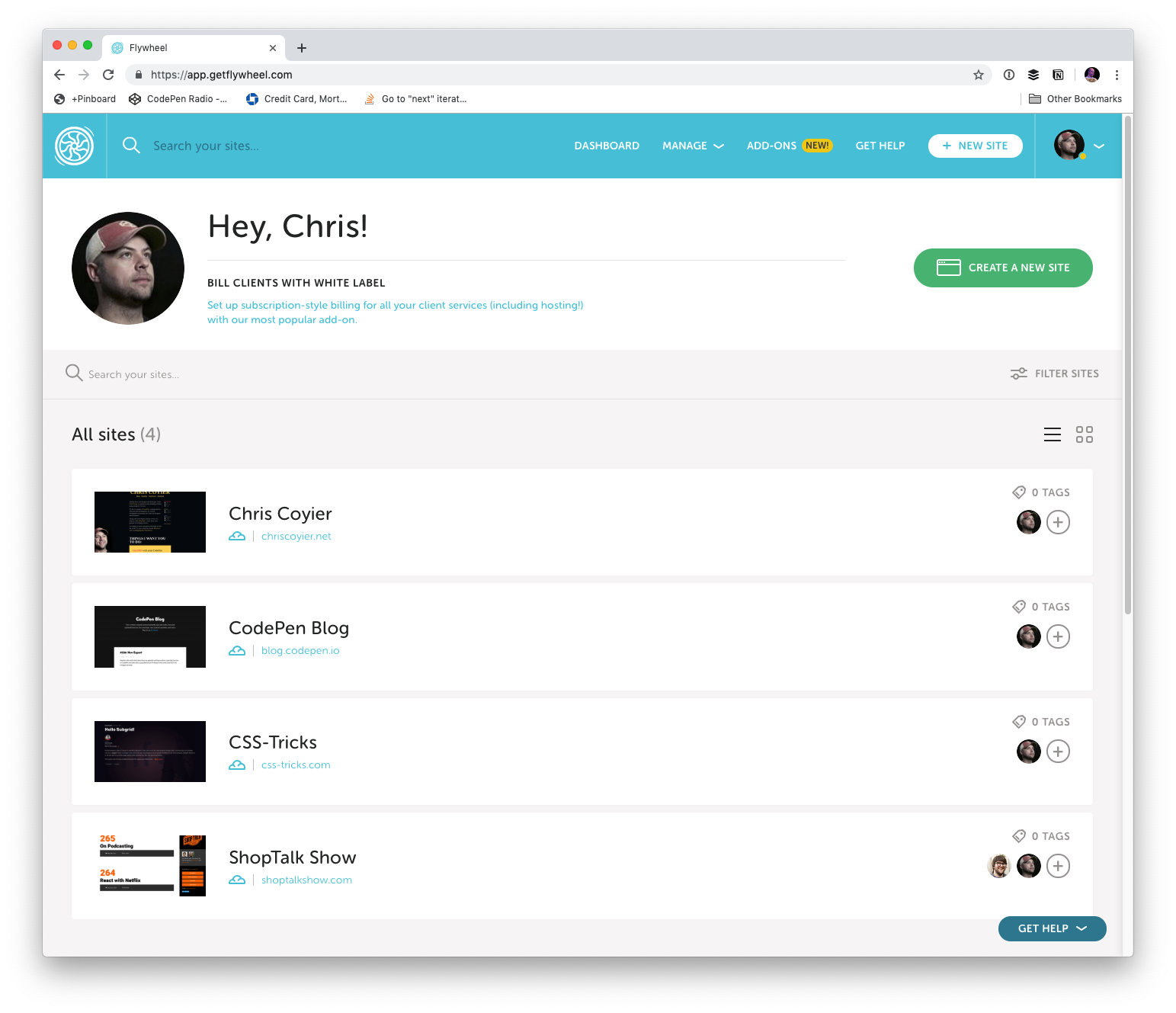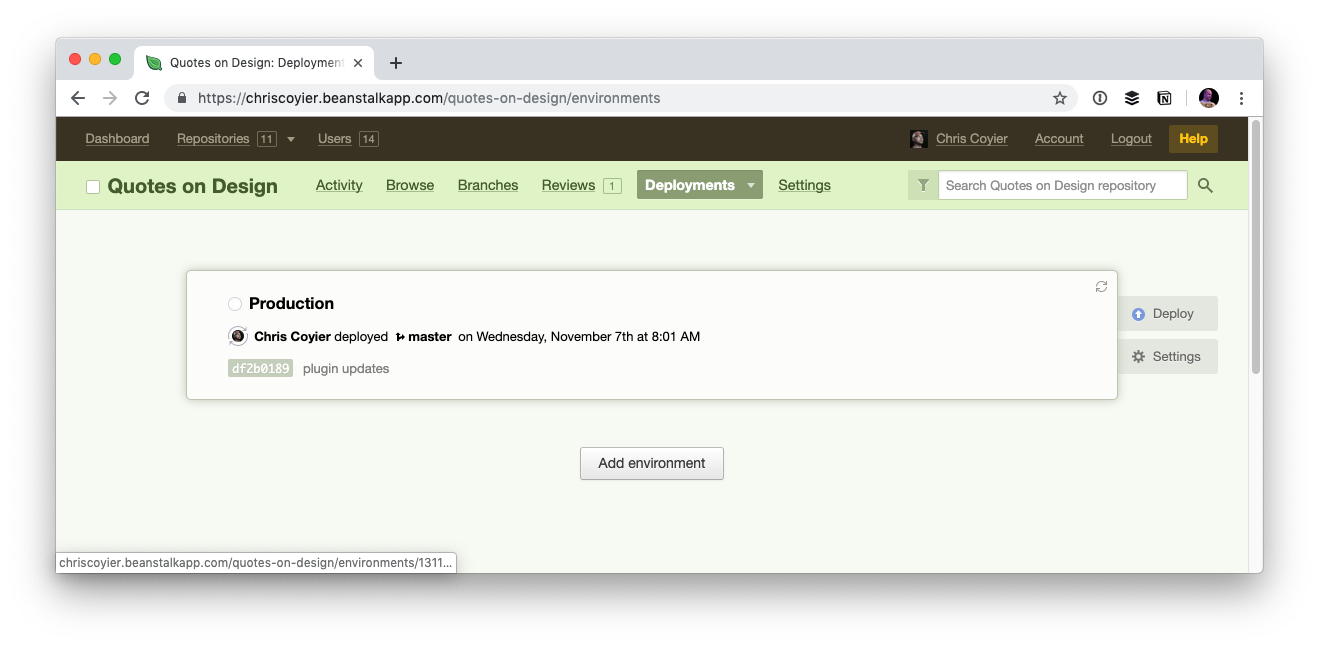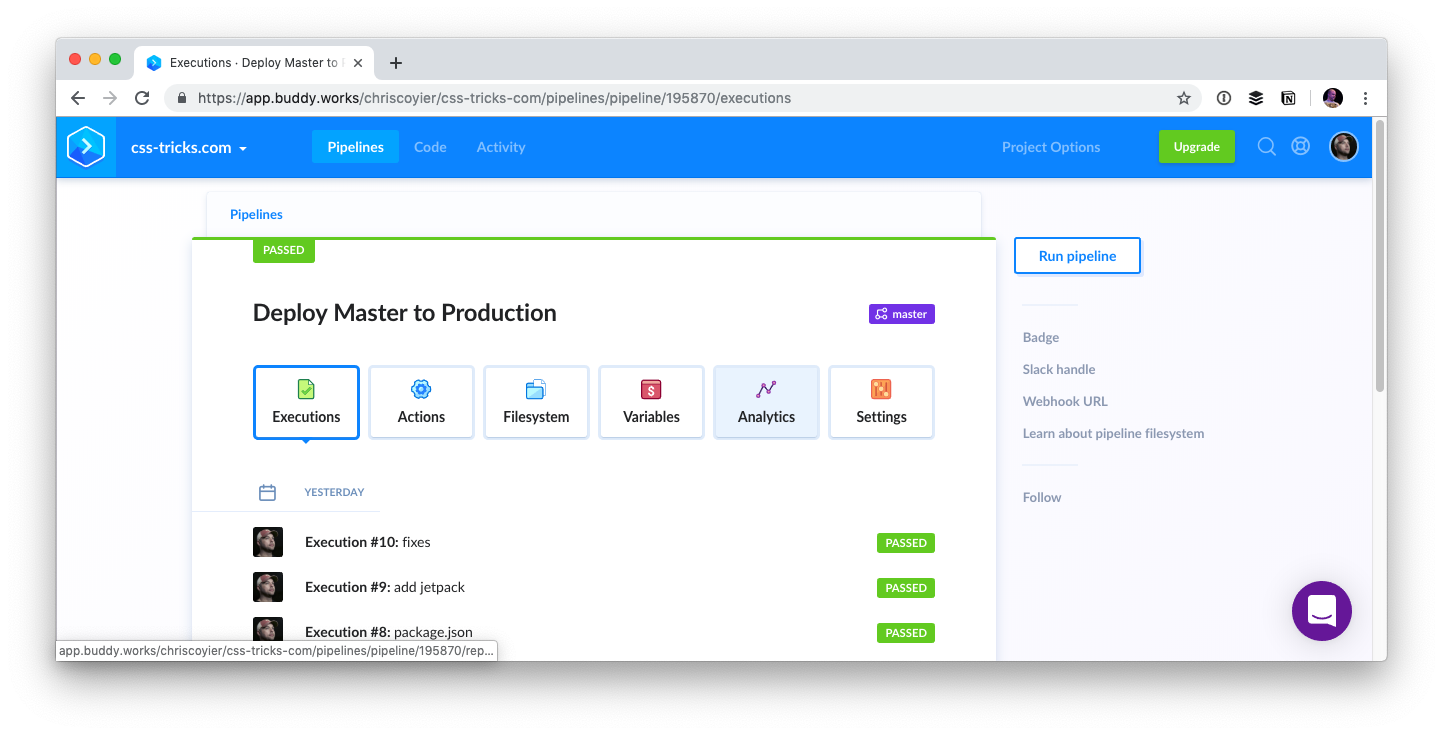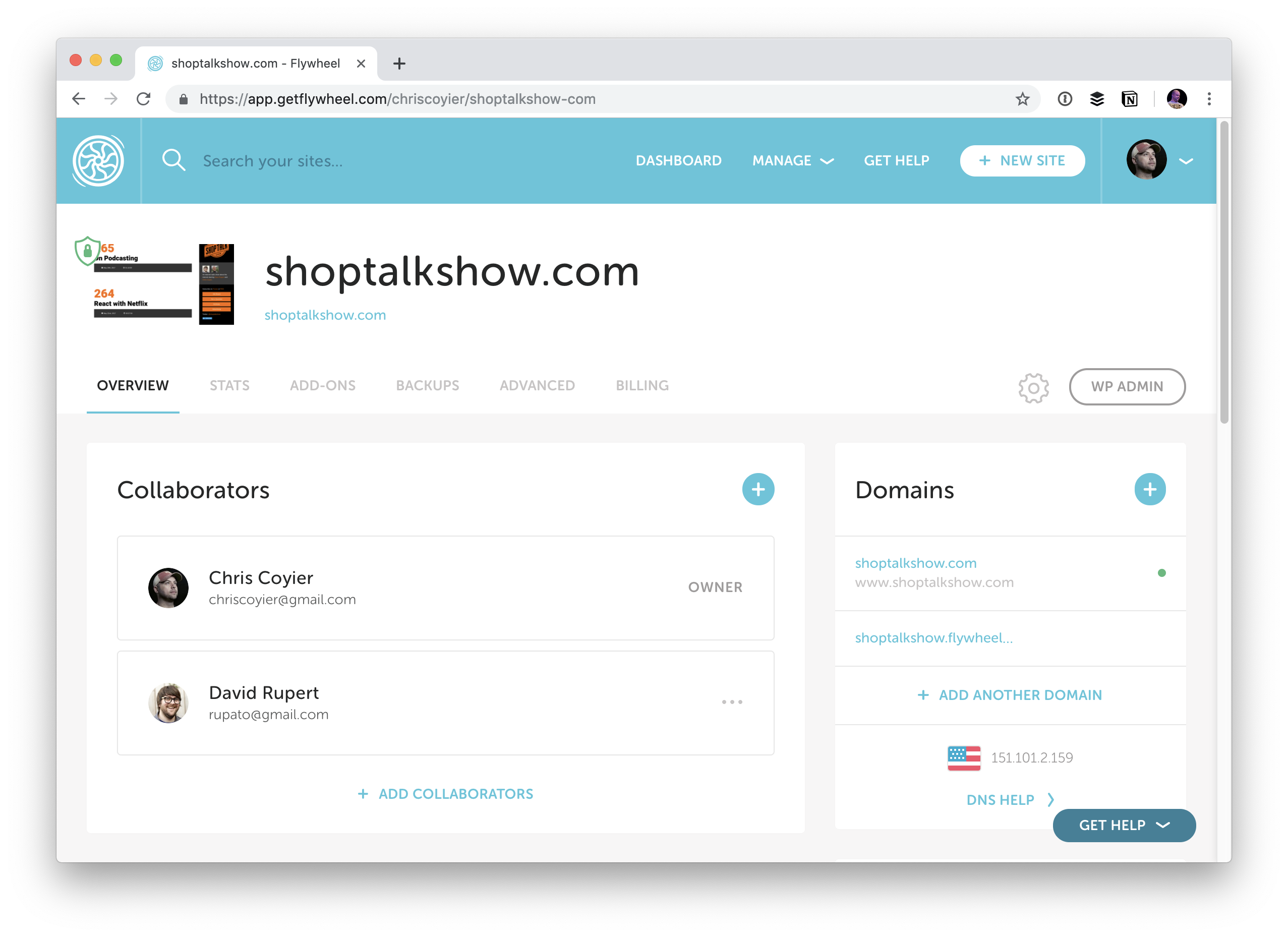Some WordPress developers and agencies were caught off guard when WP Engine announced it had acquired Flywheel in June last year. Flywheel had quickly become a trusted web hosting company for many that specifically catered to the needs of developers and agencies. For some, they questioned whether such a buyout would change the company culture and whether the good things about Flywheel’s services would be swallowed by WP Engine’s offerings.
The move had also come only a month after Flywheel closed its $15 per month Tiny plan. There was some initial confusion that the two events were linked.
“With any acquisition of this scale, there is going to be an initial wave of confusion, skepticism, and a bit of shock,” said Dusty Davidson, CEO and co-founder. “People had come to know, love, and trust Flywheel, and when it was announced that two well-known WordPress companies (and former competitors) were joining forces, they weren’t sure where we would stand as a company.”
Davidson said the company fielded more questions that were concerned about the future than outright pushback against the move. Most such questions centered on whether Flywheel would continue offering their existing services and tools.
“It’s now been six months since one of the largest acquisitions in WordPress history, and we’re happy to report that things remain ‘business as usual,'” said Davidson. “We’ve remained true to our word, and Flywheel is continuing to live out our mission to help creatives do their best work. The community may have been skeptical about how this acquisition was going to pan out, but the fact is that nothing has really changed and our products have only improved!”
How Flywheel would be folded into WP Engine was not clear early on. The two companies approached the change by learning from each other and gathering feedback. “We announced that we were acquired back in June, and it took about six months to figure out the logistics of the acquisition and the relationships between both companies,” said Davidson.
After working out the details, it was decided that Flywheel would operate as a separate division within WP Engine with its own services.
Bringing the Tiny Plan Back
Some users expressed disppointment with the removal of the Tiny plan last year. It was an affordable tier for small sites at $15 per month.
The plan change was the first time Flywheel had changed pricing in the company’s history. “The changes to plans back in May 2019 were made to allow us to continue investing more into the future of our platform, existing and future features, and to offer up more solutions to better fit our customers,” said Davidson.
Based on customer feedback, Flywheel began to see that Tiny was a valuable plan for agencies who needed to offer a managed WordPress hosting solution for smaller clients. “When we joined forces with WP Engine, we were able to realign our goals as a business and refocus our efforts on the audience we’ve always catered to best: freelancers and small agencies,” said Davidson.
SOC Type 2 Certification
Earlier this month, Flywheel announced it had completed SOC 2 compliance and certification as part of their long-term plan in building a more robust and trusted company.
“Businesses using cloud service providers use SOC 2 reports to assess and address the risks associated with third-party technology services,” said Tommy Vacek, VP of Engineering. “When you boil it down though, it essentially means that Flywheel’s security practices are the best in the industry, and we’re one of the only WordPress hosts that has achieved it.”
“It’s a sign of maturity on almost all areas of our business, from finance to information technology, and it also allows us to assess risk in our business and make decisions based off of it,” he said. “It’s a stamp of approval to demonstrate Flywheel’s intentionality around security.”
The 2020 Roadmap and Beyond
Rick Knudtson, CPO and co-founder, feels like the acquisition will allow the Flywheel team to better cater to creative agencies in the WordPress space. “Our product team is working on an exciting update to our offering entirely focused on supporting the growth of agencies, and our marketing team is hard at work creating brand new resources for agencies aspiring to make 2020 a great year,” he said. “Joining forces with WP Engine has allowed us to accelerate our product initiatives.”
The company is now offering a free course on selling WordPress maintenance to clients. Themes by StudioPress, acquired by WP Engine in 2018, are all free for Flywheel customers. Flywheel is also working heavily on tools for WordPress developers.
“Developers drive WordPress forward and WP Engine is committed to supporting the future of WordPress through industry-leading developer tools,” said Knudtson. One such tool is Local, the company’s local development environment built for working with WordPress. “Since joining the WP Engine family, Local has become the standard local development and deployment tool for our customers across both of our platforms.”
Local is currently used by over 50,000 developers. The team spent the last few months re-architecting the tool from the ground up. Knudtson said it is now five times faster than before. They are expanding the team that is working on Local to help handled more advanced developer workflows.
“In 2020, we’ll introduce new ways to use Local so that all developers — novices or advanced, solo or within a team — can build their perfect development on top of Local,” said Knudtson. “Whether you just want to connect to your host and deploy, or you’re integrating into your existing CI/CD workflow, Local should be the solution.”
The Local turnkey products, such as Local Pro and Local Teams, will be available to developers across both platforms in the future.
Since the acquisition, Flywheel has included a new technology called Smart Refresh as part of their in-house caching engine. The system watches for updates made to a WordPress install and clears the cache when needed. Knudtson claims the updates to their system has increased backend performance on the platform by 50%.
The company also recently announced its new Performance Insights feature. The tool provides proprietary performance data for developers to make decisions with sites they control.



